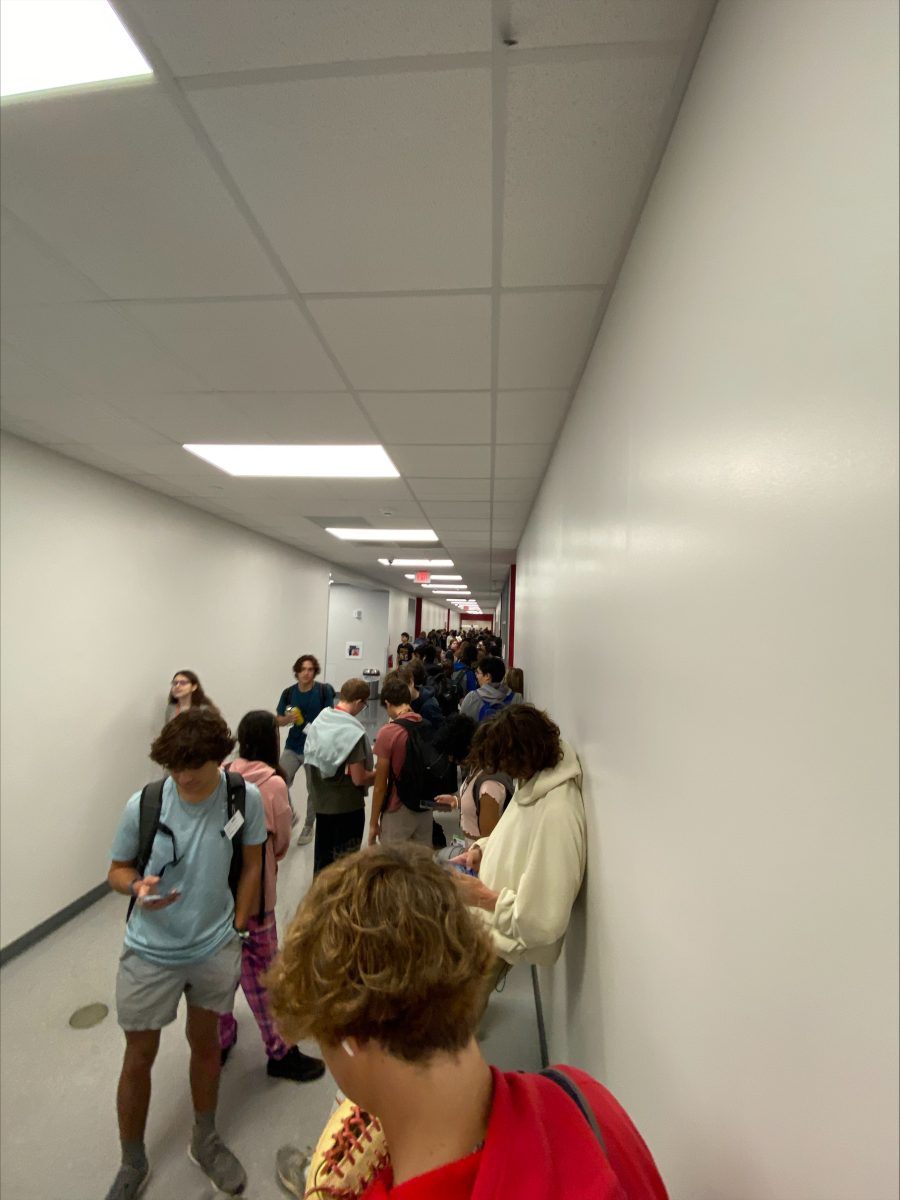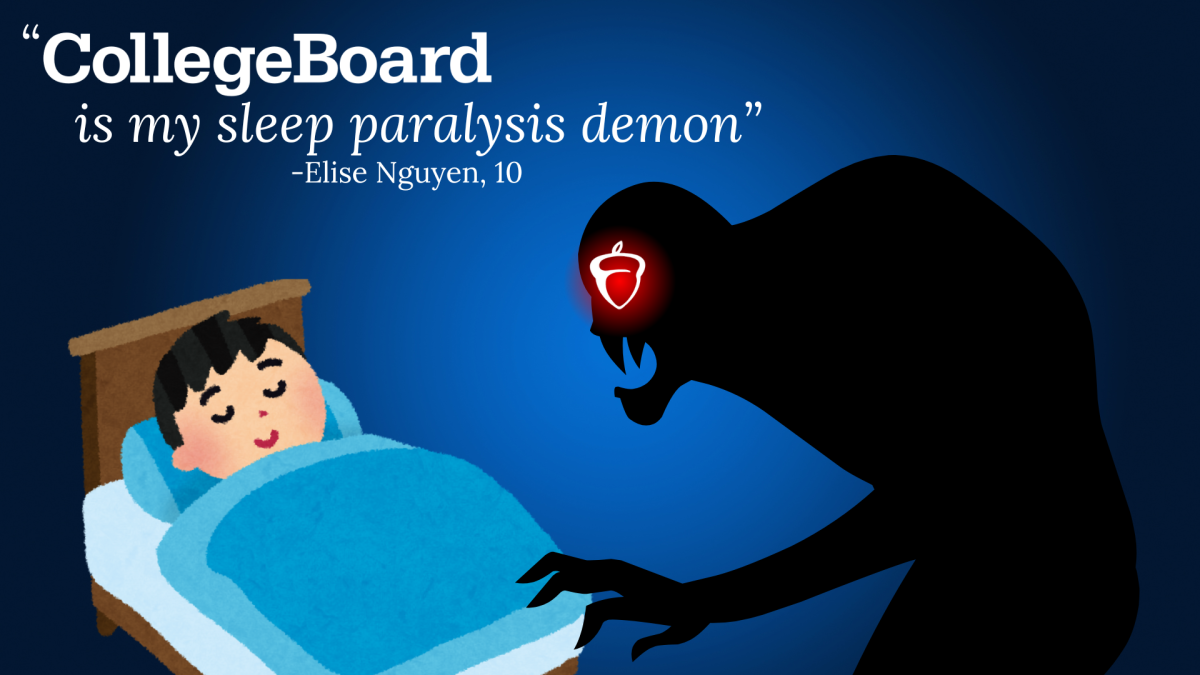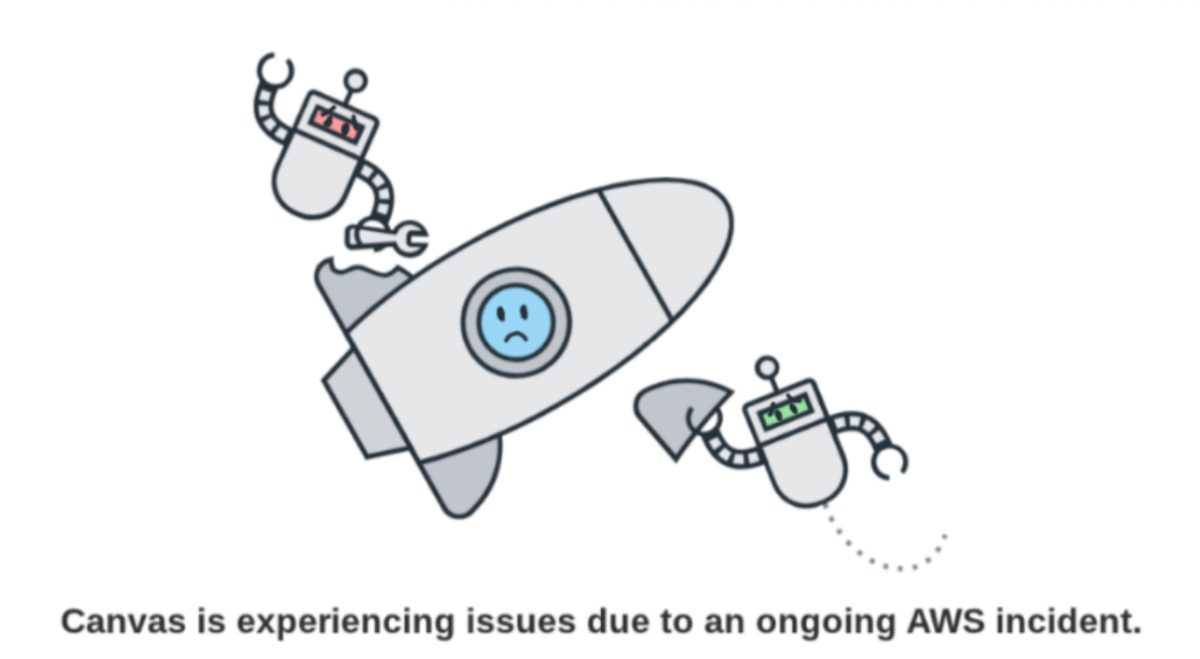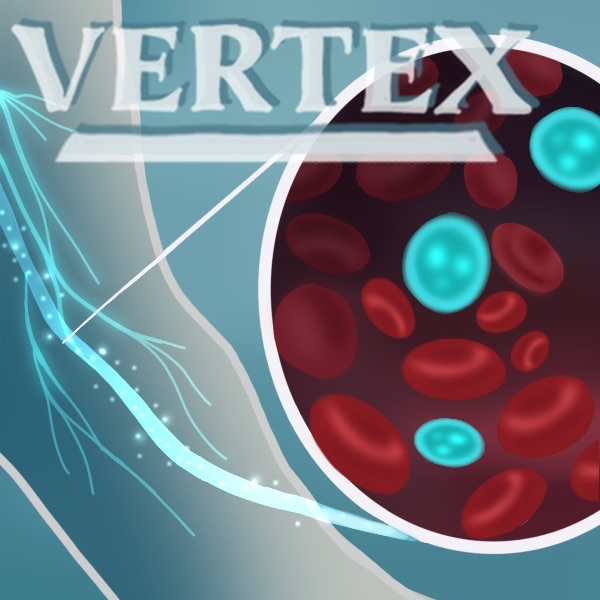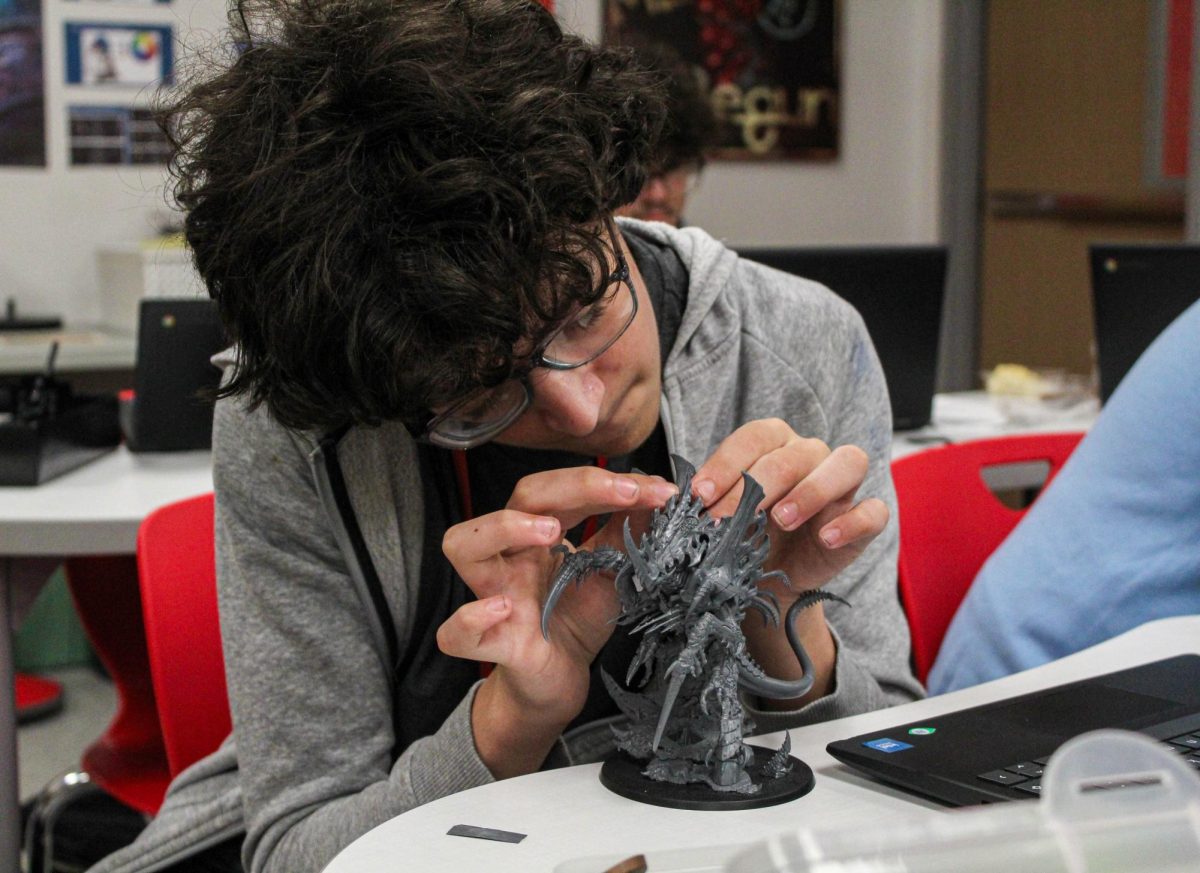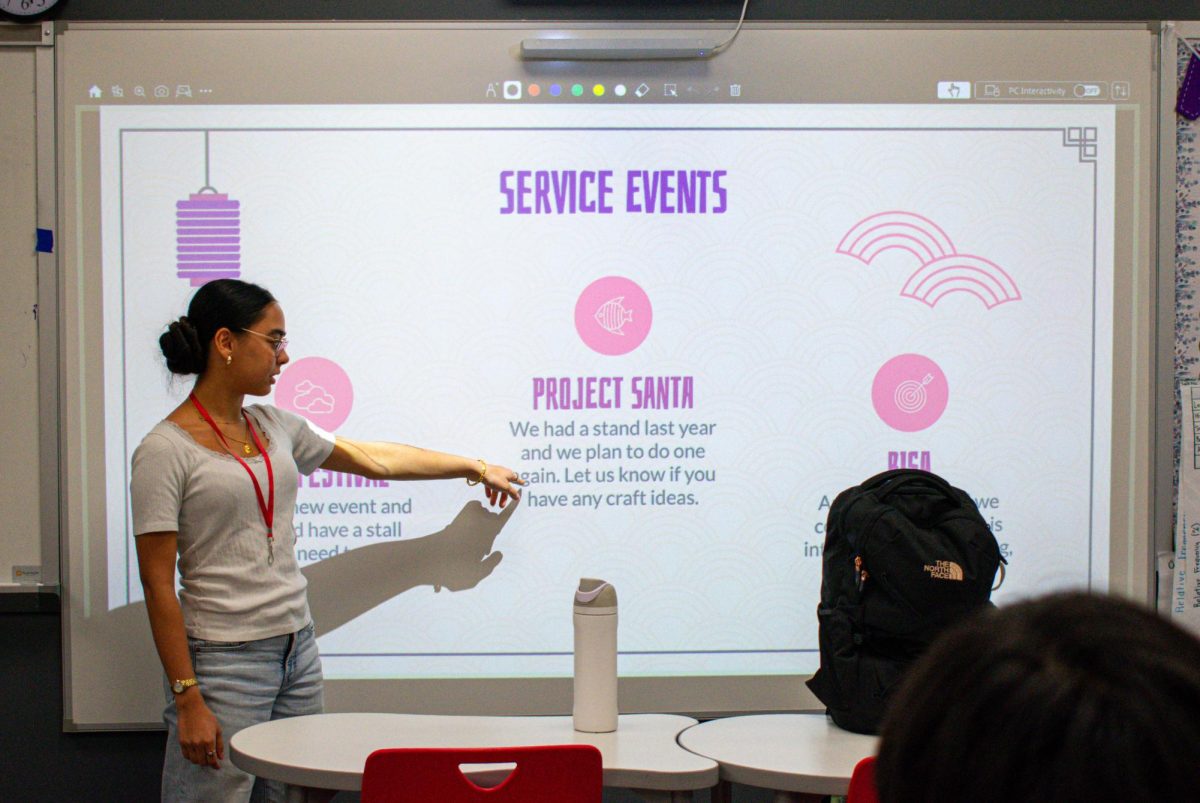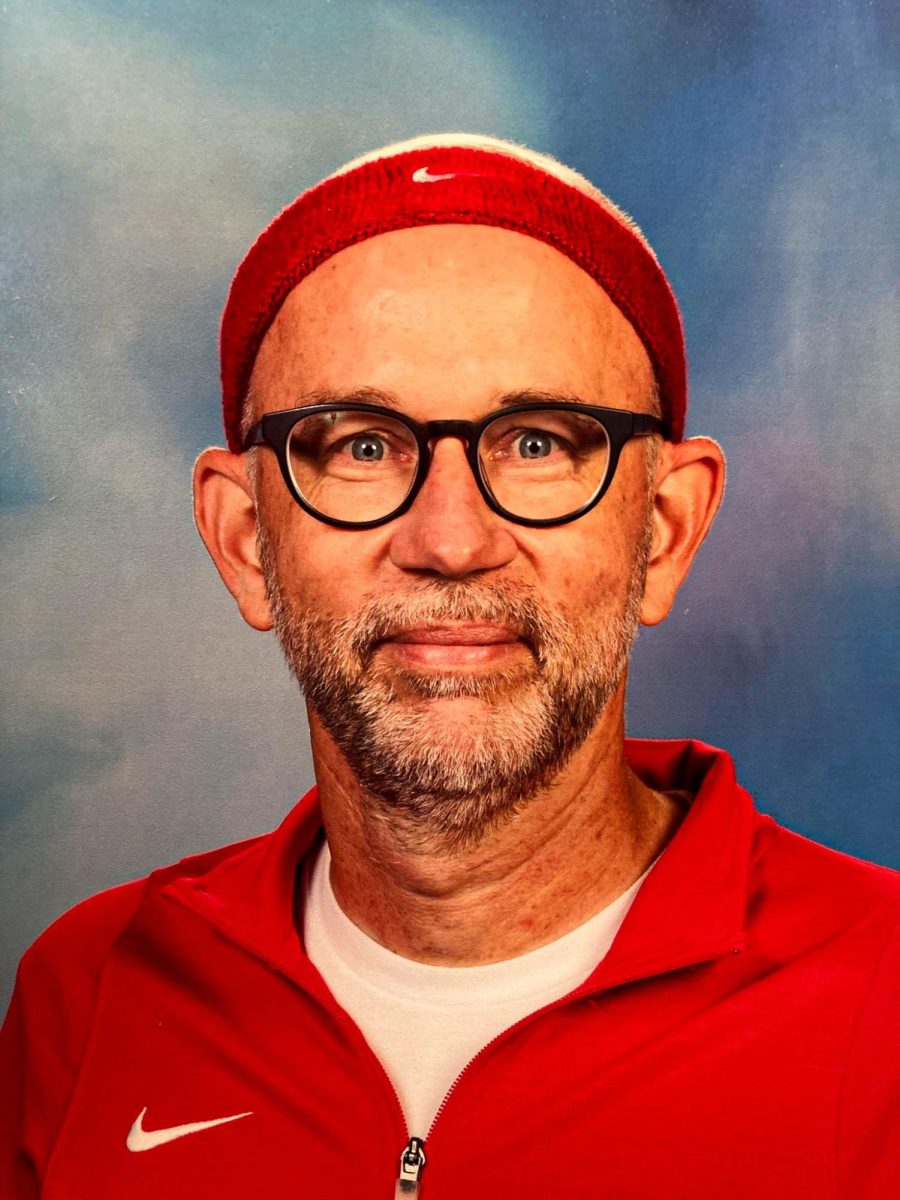For students like junior George Kell, his problem was not limited to the delay that everyone else faced. It was the absence of taking the test at all. No one could find his PSAT testing ticket.
“They made me wait in the line,” Kell said. “Eventually I got sent to a room. They couldn’t find a testing sheet or testing ID for me. And so I got sent back to that line. [I] waited there for a couple more hours before being sent to a gym. I did not get to take the test.”
With a system glitch that occurred because of a “surge in traffic,” 20% of test takers didn’t get to take the test on Oct. 11 and learned halfway through the day that they would have to make up the test at a later date.
“It felt almost pointless to not have taken the test and then just sit in the gym [and] waste the rest of my morning,” Kell said.
Kell was part of the 1.2 million students taking the PSAT/NMSQT digitally for the first time, and also part of the 300 people who weren’t able to take it at Bellaire, according to testing coordinator Gregory Mills.
For students who did take the test, there were still complications that they faced. In most rooms, the test didn’t start for until 10:30 a.m. These issues arose from the digitization of the PSAT itself.
“At the beginning of the digital PSAT/NMSQT and PSAT 8/9 administration the morning of Wednesday, Oct. 11 … a surge in traffic on the application used by schools to set up and run administrations caused some schools to delay or be unable to begin testing,” a College Board spokesperson said in an email response.
Although the application took an hour and a half to get back up again, over 1.2 million students tested, with over 900,000 of them testing concurrently without issue, according to a College Board spokesperson through an email response.
“We resolved the issue with our web services provider, and by 9:15 a.m. ET schools were able to fully resume testing,” a College Board spokesperson said in an email response.
Mills handled the delays and complications as best he could with the situation he was given.
“We [the testing coordinators] were told that the names were uploaded to College Board.” Mills said. “ I don’t know where the problem was with[in] College Board’s system, but the names weren’t matching up, which meant that those students could not take the test.”
Mills and the administrative team had several expectations going into the test, and they knew that not everyone was going to be able to take it due to absences or complications. When the delay and other problems, although unexpected, occurred, Mills and his team worked quickly to resolve the issue.
“It’s just like you leaving home in the morning, expecting the car to work and it doesn’t. That throws off your whole morning,” Mills said.
The issues were not limited to the digital aspect, though. For junior Daphne Kaufman, the problems started after the test had begun.
“I was on the second part of the reading, and all of a sudden there was a crash,” Kaufman said. ”[The proctor] fell out of the chair. We were so confused, and we didn’t know what to do. So we kept testing.”
After the proctor fainted, students like Kaufman witnessed other teachers assisting him and calling an ambulance to the school. During this, Kaufman and the other students were told to get out of the classroom.
“I was only focused on myself in the moment,” Kaufman said. “So all I know is I just ran out there [and] I looked back for a second because I [thought], ‘Do I need to bring my stuff? I have some stuff sitting here.’ We ran with our computers to the commons area between the two sides of the hallways…”
Everyone ran to the commons to snag a seat.
“We were just sitting there in the chairs trying to focus,” Kaufman said. “[The teachers] kept talking to us, and it was so hard to pay attention.”
Still trying to finish the test, every student was sitting, or standing wherever they could find room to continue testing in a timely manner. After 15 minutes, all the students were moved to the aquatic science room, where teachers attempted to lead them in meditation exercises.
“[A teacher] came in and she said, ‘I just need everybody to take a second and close your eyes and meditate,” Kaufman said. “I was like, no, I have 10 minutes to finish 18 questions.”
With Kaufman being a junior, this grade mattered more to her than usual. She was trying to get a National Merit Scholarship, but this incident threw her off.
“It did not feel real,” Kaufman said. “I [thought], ‘How is this happening right now?’ Because we were already so thrown off by starting the test so late and of course this happens.”
On Oct.13, Principal Niggli sent out an email announcing the retake date (Oct. 24). This retake is not a usual case, and only occurred due to the digital issues that occurred.
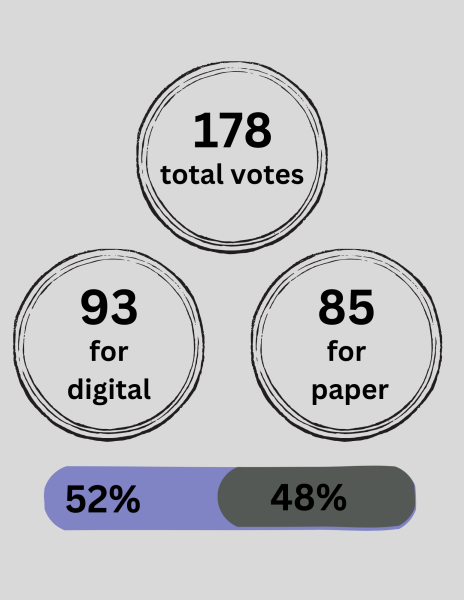
In fact, while 93 out of 178 people said that they preferred the digital version, an almost equal number of 85 students said that they preferred the paper version. Junior Sami Irwin agreed that the paper version was better.
“I think I like the paper better because I didn’t like how the sections were English and reading put into one section and then another English and reading again,” Irwin said. “I liked how it was separate [with the paper version].”
Some people though, even with the complications, preferred the digital version over the paper version.
“I thought it was a lot easier,” Kaufman said,” Being able to see the time the entire time, although it was kind of stressful, made it a lot easier, and the Desmos was actually really helpful. I honestly feel like the questions were easier.”
Kaufman and Kell were two of the 196 students who retook the PSAT/NMSQT on Oct. 24, and found out their scores on Nov. 16, the release date for the late testers.


